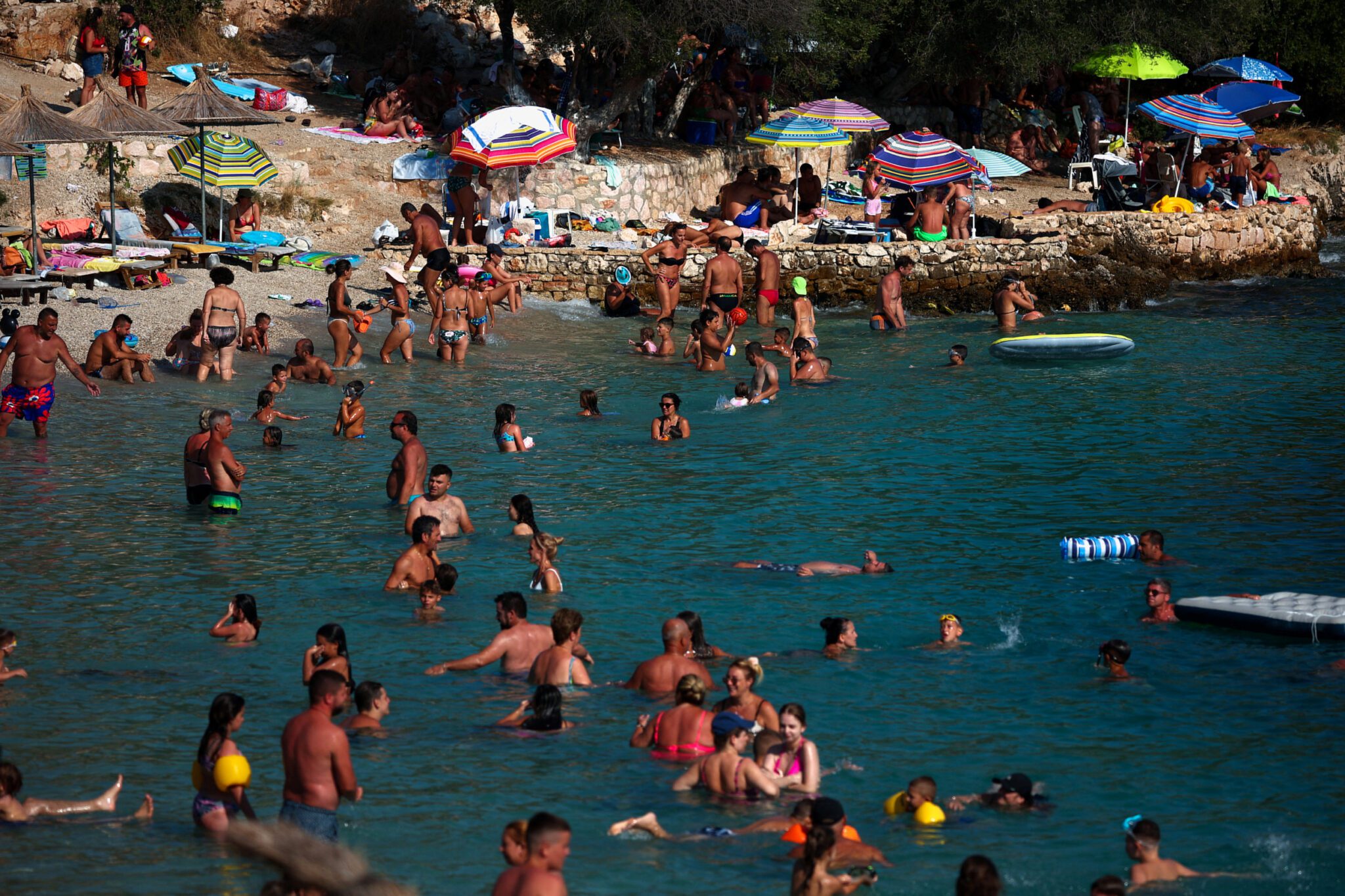Skift Take
A welcomed influx of Italians shows Albania's tourism appeal presents a challenge to other more popular Mediterranean holiday destinations.
A waiter in an Albanian restaurant in the coastal resort town of Saranda apologised to newly arriving customers that little or nothing was still available on the menu.
“Italians have eaten everything because Italy is occupying us again, this time for good,” the waiter joked, while explaining to a local diner the limited choices left for a meal.
The waiter was echoing the feeling among some Albanians about the tens of thousands of Italian tourists who have visited Saranda in the south close to the Greek border.
Some recall the occupation of Albania by Italy’s fascist regime under Mussolini for a few years during World War Two.
Eight decades on, however, Italians form a major part of a burgeoning and increasingly lucrative tourist trade that accounted for 20% of GDP last year in a Balkan country where underdevelopment remains widespread.
That figure is likely to rise in 2023, Tourism Minister Mirela Kumbaro said.
Italians arrive on discounted flights or by ferry, from as a little as 80 km (50 miles) away across the Adriatic Sea.
Italians and other Europeans have been lured to Albania by pristine sand beaches, scenic rugged landscapes and much cheaper prices than in other, longer-standing and much wealthier Mediterranean holiday destinations like Italy and France.
“For years we heard a lot of talk about Albania – good beaches and also without any doubt the cheap prices, and this year with other friends we decided to organise a trip here,” said Italian tourist Daniela Cudini.
“At the moment here we can say that 80 percent could be foreigners and the rest are Albanians,” said Aurora Marku, manager of a small white sand beach near Saranda while arranging beach loungers for two groups of Italian tourists.
Data shows that tourist numbers increased by 25% this July compared with the same month in 2022. In the first seven months of 2023, more than 5.1 million foreigners – including over 430,000 Italians, 50 percent more than last year – visited Albania compared with 3.9 million in all of last year.
“Albania is working to have quality tourists,” Kumbaro told Reuters from her office in the capital Tirana. “We don’t need millions and millions of tourists who don’t spend, who stay for a short period of time and just come in and out.”
Quentin Billon, the French CEO of local tour operator Breathe in Travel, said foreign tourists were drawn not just by the seaside but the attraction of discovering a new frontier.
“For them it’s to discover a new land which is really unknown, which was blocked and closed for many, many years,” he said, “and now it’s quite open to tourism, it’s booming.”
For almost 50 years Albania was in near total isolation under Communist dictator Enver Hoxha, during which no one could leave the country and foreign tourists were banned.
Among the tens of thousands of Italians who vacationed in Albania in July was Prime Minister Giorgia Meloni.
She even paid the bill of a group of her compatriots who fled a restaurant without paying for their meals, a move welcomed in Saranda with a restaurant owner saying: “Now we know where to complain – we have Giorgia.”
(Reporting by Fatos Bytyci and Florion Goga; editing by Mark Heinrich)
This article was written by Florion Goga and Fatos Bytyci from Reuters and was legally licensed through the DiveMarketplace by Industry Dive. Please direct all licensing questions to [email protected].
![]()
The Daily Newsletter
Our daily coverage of the global travel industry. Written by editors and analysts from across Skift’s brands.
Have a confidential tip for Skift? Get in touch
Tags: albania, italy, mediterranean
